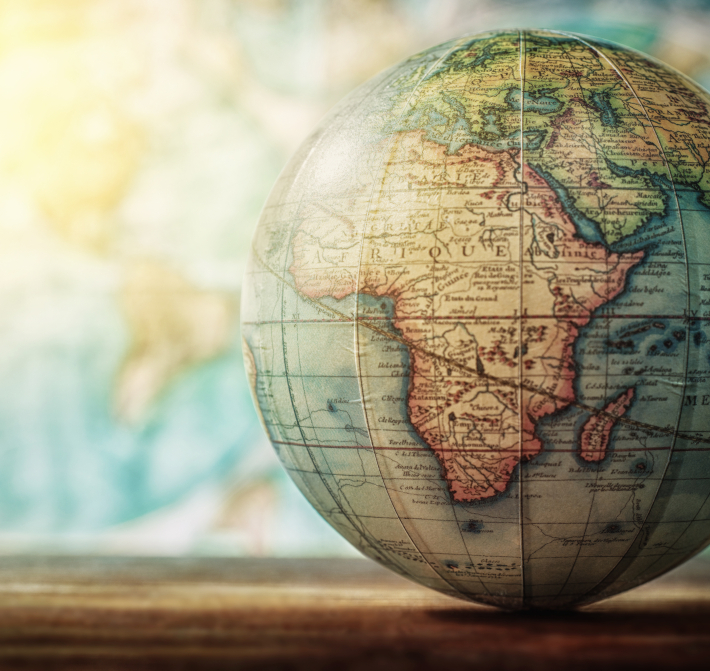
Asking this question can be a moot point; there are numerous risks in our published register of civil emergencies that could have some international consequences of one kind or another, or would affect neighbouring countries in the same way they would affect us.
For example, the risk posed by a prolonged episode of poor air quality won’t respect international borders. Whatever its cause and wherever it emanates from – we will suffer alongside our neighbours and will have to co-operate with them in managing it. Similarly, when we think about coastal flooding in the UK we have to remember that the environmental conditions that will bring it about will have a similar affect on our neighbours. Other environmental risks, like storms, gales, prolonged cold weather and drought are likely to be continental phenomena. Also, the various risks of accidental environmental pollution have the capacity to cross borders.
But international doesn’t mean global.
Are there any risks that are, as far as our planning assumptions are concerned, global by definition? We can pick out four risks that are potentially global. They may not affect every corner of the globe at all, or to the same extent, but they do have the intrinsic capacity to do so.
Which risks are they?
The first is the risk of an influenza pandemic, of which there have been four in the last 100 years. Globalisation is a key factor here. The disease will have been spread around the world by air travel probably before it is even identified, so the possibility of containing it is very slight. Also, vaccines will take several months to be developed and made available – they can’t be made until that unique strain of influenza is isolated. For that reason, response preparations focus on early detection, antivirals (which treat the symptoms but are not a cure) and personal protection strategies – all supported by a vigorous public health information campaign.
Newly emerging infectious diseases is another risk. Respiratory syndromes (SARS and MERS), Ebola and the Zika virus are recent examples. They may be linked to environmental factors like climate change, greater movement and displacement of people, the globalisation of the food industry, habitat destruction and (possibly) new and better methods of detection. This risk also has the capacity to go global, largely due to the prevalence of air travel, and effective responses depend on high levels of international co-operation.
Space weather is the third global risk. Solar weather would be a more accurate description. It involves the Sun sending out flares, charged energetic particles and even its coronal mass – part of its atmosphere. On a daily level, the effects of solar weather can be seen in the night sky – if you live far enough north. When these phenomena reach dangerous levels it’s a different story; within hours or days they can damage satellites and electricity grids – as well as increasing the levels of background radiation in the upper atmosphere and space. Being hit by solar ejections like these is a matter of (bad) luck. It depends on where the earth is in space, the direction of the particles and which side of the Earth is facing the wrong way. But the risk is well understood and monitored – check out the UK Met Office website for a wealth of information.
Volcanoes were not part of the British 'landscape of risk'! That changed in 2010, with the eruption of an unpronounceable volcano in Iceland. When Eyjafallajökul erupted it produced a massive ash cloud that disrupted air transport for days, caused serious air quality issues and environmental damage. Was that 'global'? The answer is yes, but largely through disruption of air transport and the knock-on effects that can have – which were felt around the world. The impacts were primarily economic, but it was an object lesson in the extent to which we take global air travel for granted.
As a risk it is, like space weather, relatively new to civil emergency assessments. But both risks have become very much better understood very quickly. Knowledge is the key; understanding the risk in all its dimensions is what enables us to collaborate with the right people and construct effective mitigation strategies.
For more information on these risks, and on the others in the National Risk Register of Civil Emergencies, click here.
The Insight Team